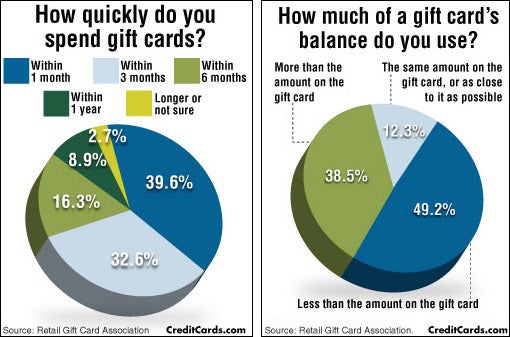Glass etching is a fun and easy way to include an individual touch to glasses. Styles created using engraving lotion are long-term and dishwashing machine safe.
Select a pattern style from the Cricut Gain access to Collection or produce your own in Cricut Design Space. You will require to weed the plastic, which is done by getting rid of the internal parts of the style with a weeding tool or tweezers.
Stencil Types
Using the "Make" alternative in Cricut Layout Room to produce stencils from flexible vinyl movie is a great means to promptly make a personalized layout for your glass etching project. When making a custom stencil, make certain to select a picture that is easy to weed and has a simple unfavorable area.
These patterns are made from a durable, versatile product that can be made use of on level or rounded surfaces and are recyclable as much as 20 times. They are most frequently made use of with Armour engraving cream, but can also be utilized with sand etching paste.
These stencils are used by scrubing the leading service provider sheet to stick the pattern to your glass project. They can be used with Armour etching cream, or for a less untidy application, with sand etching paste. They can be re-used as much as 20 times, as long as the pattern is cleaned and dried out extensively in between usages. These patterns are available at most craft stores, but are frequently less expensive online.
Stencil Materials
Add a customized pattern style to your glasses utilizing engraving hanker a lovely and traditional appearance that lasts a lot longer than plastic stickers. This technique is ideal for everyday glasses and glass baking dishes.
Creating your own stencil in Cricut Layout Room is very easy, simply pick an image with simple negative room and dimension it to the proper dimension for your glass. As soon as you have your style prepared, utilize a weeding tool to remove the locations that aren't mosting likely wedding keepsake glass to be engraved.
Use the stencil to your clean, dry glass surface and smooth it bent on get rid of any type of air bubbles. When applying the stencil, make sure it is firmly weighed down which there are no open locations. Put on your safety gloves and safety glasses prior to opening the etching lotion, as it is caustic. When your etching cream is applied, established a timer for one min. After the timer has gone off, wash the glass with warm water and delicately peel away the stencil.
Stencil Adhesives
There are two primary ways to engrave glass: sandblasting and making use of engraving lotion. Sandblasting is an effective strategy that utilizes high-pressure air to thrust unpleasant material onto a surface, and it's ideal for developing complex styles and textures on glass items like home windows, mirrors, and drinkware. Glass etching lotion is an acid-based compound that can be used to develop attractive boundaries or patterns on glass items. To use engraving lotion, initial tidy the glass surface and place the stencil strongly over it. Then, apply a thick layer of engraving lotion over the pattern utilizing a paintbrush. Be sure to remain within the pattern's edges, as any excess lotion can leak under the stencil and create spaces and uneven etching.
Leave the etching lotion on the glass for the amount of time recommended by the item's directions. Once the etching is full, wash the glass under cold water and completely dry it with a clean lint-free towel.
Pattern Sizes
Stencils are available in a wide variety of sizes. Tiny stencils need to be less complex just because they are harder to reduce and they can obtain damaged by all-natural under spray (the paint mist that gets below the pattern with tiny voids). Bigger stencils can be made use of with a range of media including paint, inks and dyes.
Transforming the style on a stencil is simple. Unlike wallpaper that needs to be entirely stripped prior to the next year's brand-new flavor, you can merely apply brand-new colored paint over the pattern.
Stenciling is a historic paint technique, going back to prehistoric times. It reached its elevation of sophistication with katazome and various other methods on silks for apparel in Japan and Europe from about 1450. It is additionally commonly used to tint old master prints on paper. The stencil is both the intermediate item and the resulting layout. This is a terrific means to make an unique item of wall art.
